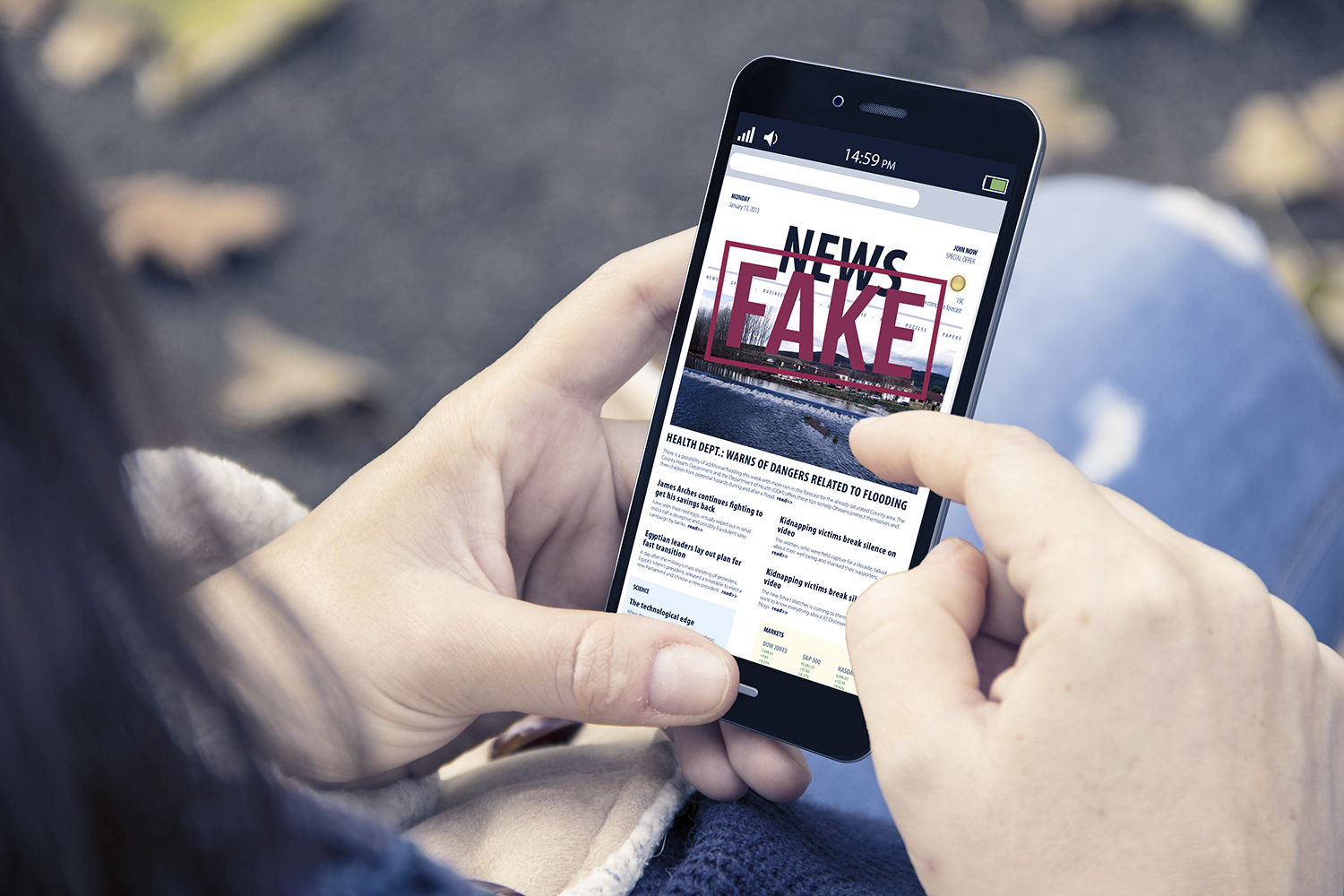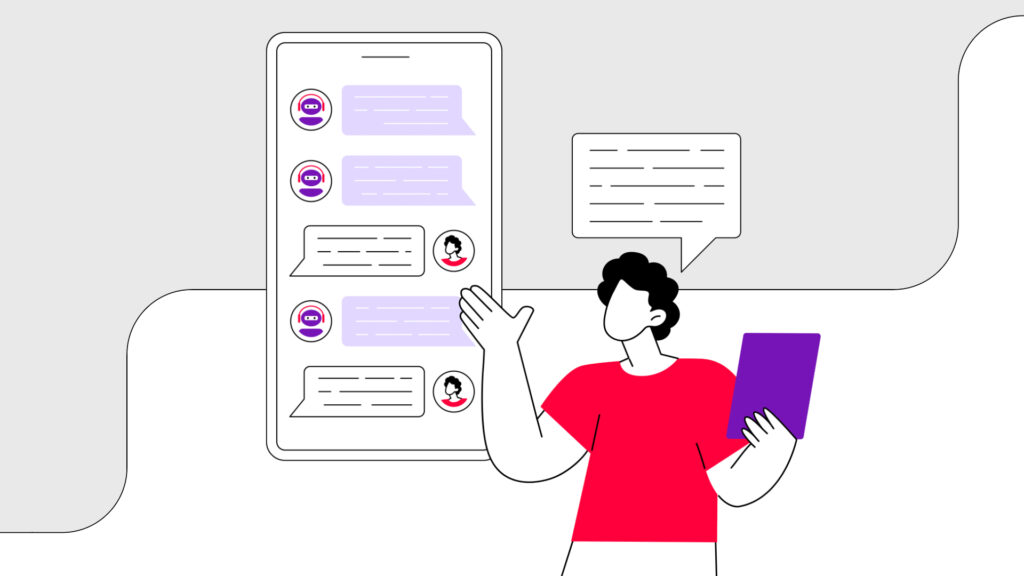
For years, health misinformation has been steadily proliferating. This topic has exploded in recent times and especially during the pandemic. Driven by social media echo chambers and a lack of awareness about the quality of information sources, “fake news” and even full-blown conspiracy theories are thriving, contributing to the danger of health misinformation. This trend can damage public health efforts and stop people from getting the help they need.
What are some of the most egregious recent examples of health misinformation? What are the dangers of this bad information? And most importantly: how can healthcare professionals and providers combat misinformation?
The magnitude of health misinformation
Even before the pandemic, health misinformation was rampant online. Social media has contributed greatly to the spread of misinformation around healthcare in general. The year 2019 was a host to various health-related hoaxes spread by ill-informed people. By 2020, when the COVID outbreak reached its peak, online misinformation grew much worse.
Some of the more recent examples of health misinformation are:
- The idea that a cure for cancer exists, but that “Big Pharma” companies are hiding it, for reasons unclear. (The Worldwide Cancer Research has disproved this conspiracy in this article.)
- According to “anti-vaxxers”, vaccines are killing children or giving them autism. (Medically-supported explanations and hard science have long debunked this issue but it remains popular within social media bubbles.)
- Special “exemption cards” and official-looking flyers entitle the bearer to not wear a mask in public. These documents claim that the bearer has a mental or physical condition that prevents them from wearing a mask. (The American government did not issue such forms nor does the Americans with Disabilities Act (ADA) endorse them.)
- Issues with Amazon’s search algorithm, which according to University of Washington researchers, “pushes books that promote false claims about vaccines to the top of its generated results pages.”
Believing in these claims without fact-checking and verification can be extremely dangerous. Nat Gyenes is the Head of the Digital Health Lab at the technology non-profit organization, Meedan. According to Gyenes, such misinformation can lead to non-compliance with prevention efforts and health treatments, which is a growing concern among health professionals. This is especially true when it comes to vaccination efforts.
“Health misinformation can lead to vaccination levels below herd immunity, harmful impacts on minors whose parents are responsible for their health care and well-being, engaging in alternative or homeopathic treatments as a primary approach, and only complying with necessary medical treatments at a time where effectiveness is decreased.”
What is the difference between “misinformation” and “disinformation”?
People often confuse misinformation and disinformation, thinking there isn’t much difference between the two. However, Kate Starbird, a professor at the University of Washington, explains their differences in an NBC King 5 interview, and how the latter can be more dangerous than the former.
“Misinformation is information that’s false, but not necessarily intentionally false. A rumor that turns out not to be true. But the people who created it didn’t know that it wasn’t true when they created it.”
“Disinformation, on the other hand, is information that’s false or misleading for some kind of purpose, often a political objective. And we see disinformation as much more, in some ways, problematic because it’s an intentional distortion of the information space.”
How healthcare providers can combat public health misinformation
Unfortunately, fact checks that debunk health misinformation are not as viral as the claims that they dispute and correct. However, Gyenes believes that part of the solution should come from health communities doing a better job at digital outreach. This can include the creation of more engaging content, visualizations, storytelling, and even memes.
“False health information has existed since the beginning of the medical profession,” says Gyenes. “Focusing on mitigating the impacts of health misinformation is a productive way of thinking about the challenge.”
In short, healthcare professionals need to get proactive. They need to combat misinformation with real information and start trying to occupy a bigger space in the information diet of patients.
One way that health providers can crowd out online misinformation is right at the palm of their patients’ hands: text messaging.
Compared to emails and other forms of communication, text messages easily reach people at the most convenient times. In fact, statistics reveal that text messages have a 98 percent open rate. 95 percent of these get a response within three minutes of delivery.
With this in mind, healthcare professionals need to deploy patient communication hubs that (1) allow conversational communication between them and their patients, (2) preemptively educate their patients through text, and (3) allow them to respond promptly to patients to understand their needs, especially those who forego vaccinations.
A platform that does all of that and more opens up various opportunities for healthcare providers to disprove anti-vaxxer claims, cancer cure conspiracies, fake face mask exemptions, and other examples of health misinformation online. Moreover, it also allows them to send good information, updates around healthcare, and promptly address immediate patient needs. WELL™ is a great example of such a platform.
Communicating accurate information through the WELL™ platform
With WELL, health providers can easily and quickly configure the information they want to send. This is important, as news and information available to the public can change by the hour. The more timely and accurate your information is, the more informed and capable your patients are.
Providers can also send tailored messages to respond to national and local news events, such as state changes around eligibility rules or timing, sensational news items about allergic reactions to the vaccine, or updates on new vaccines as they hit the market.
For providers, combating health misinformation means cornering a bigger share of their patients’ information diet. This means reaching individual patients preemptively, quickly, and convincingly. By providing them with good info to crowd out the bad, you can help your patients to make sensible decisions.
Moreover, the conversational texting capabilities of a platform like WELL turns automations into conversations. You don’t just push information to your patients, you can respond in real time to their questions and concerns. You can also send links to authoritative collaterals, and even push expert advice and assurances from your own medical experts instead of reiterating canned online content.
Read about how San Ysidro Health in San Diego County leveraged text messaging as a lifeline to their patients during the pandemic outbreak.
Health misinformation can be defeated
It can be dispiriting for providers and professionals to deal with misinformation. They want to help patients and deliver the best care they can, but this gets thwarted by random theories flying around the internet.
Remember, the only cure for bad information is good information. Onboard tech tools can help you get out the messages you want while strengthening the connection that patients have to your organization. This transforms your patient-provider relationship and moves your strategy towards one that is actively combating misinformation. The WELL platform allows providers to reach people quickly and directly.
In this age of rampant health misinformation, it is up to the healthcare providers and professionals to do everything they can to spread awareness and accurate information. In a battle for the attention of health consumers, communication tools are a healthcare organization’s most valuable weapons.


